For our 49th year, Spitalfields Music Festival returned to venues across East London with a varied programme, demonstrating the many ways music can be experienced. We saw how music can be used to tell stories, to uncover history, to build communities, and to inspire creativity.
Innovation thrived
Innovation has always sat at the heart of Spitalfields Music. Through supporting musicians and composers, we’re creating a legacy for future musicians to build upon. Reflecting on the importance of commissions, CEO & Artistic Director Sarah Gee wrote, ‘What we are commissioning today is not only for us to enjoy now, but may also provide inspiration for musicians in the future, as pieces become embedded in the repertoire. It’s a privilege to play a small part in the birth of new music, knowing we’re also paying it forward.’ [read more here]
We kicked the festival off with The Carice Singers performing the world premiere of Anibal Vidal’s Theatre of Origins, a major new work evoking creation myths from cultures around the world. Chronicling the start of the universe was an ambitious feat, and this dramatic work used wind tubes, bird whistles, buckets of water and much more to create a dramatic and thrilling performance. On top of this we heard the London premieres of last year’s New Voices Academy, a set of varied choral works by Max Gibson, Claire Cope, Daniel Soley and Elif Karlıdağ.
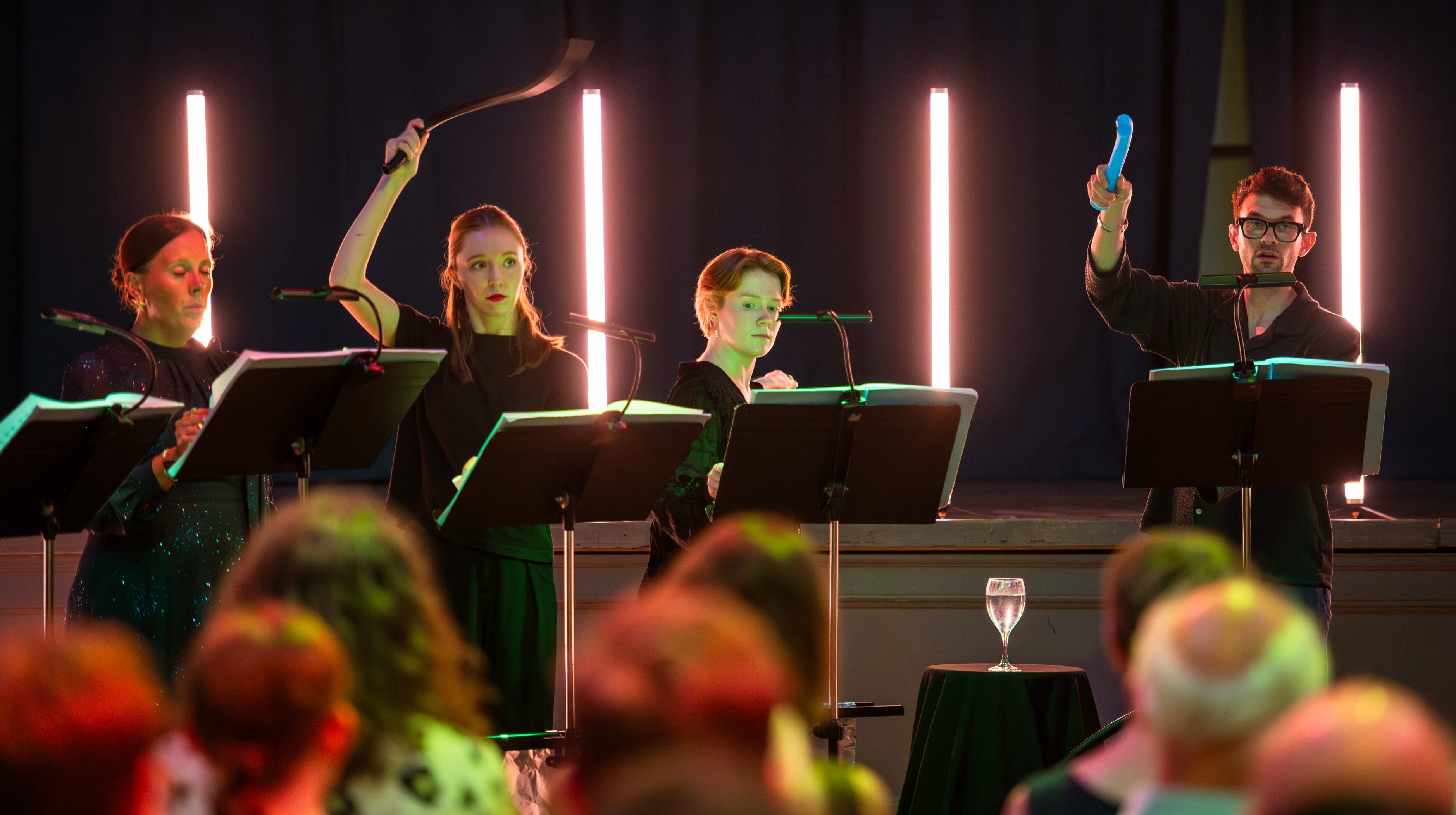
Later on, we heard Ben Goldscheider and Richard Uttley on horn and piano as they took us on a chronicle of works for the horn. Always a champion of contemporary horn music, in the midst of Ben’s programme, we heard two new works for the horn. Jonathan Dove’s lyrical The Water Remembers was a meditation on Narcissus, with each of the horn phrases mirrored by its own reflection. In contrast, Brian Elias’ Sometimes was a completely abstract piece of work, for which we received the interesting programme note that its title referred to the fact that sometimes, it’s difficult to find a name for an abstract piece of music!
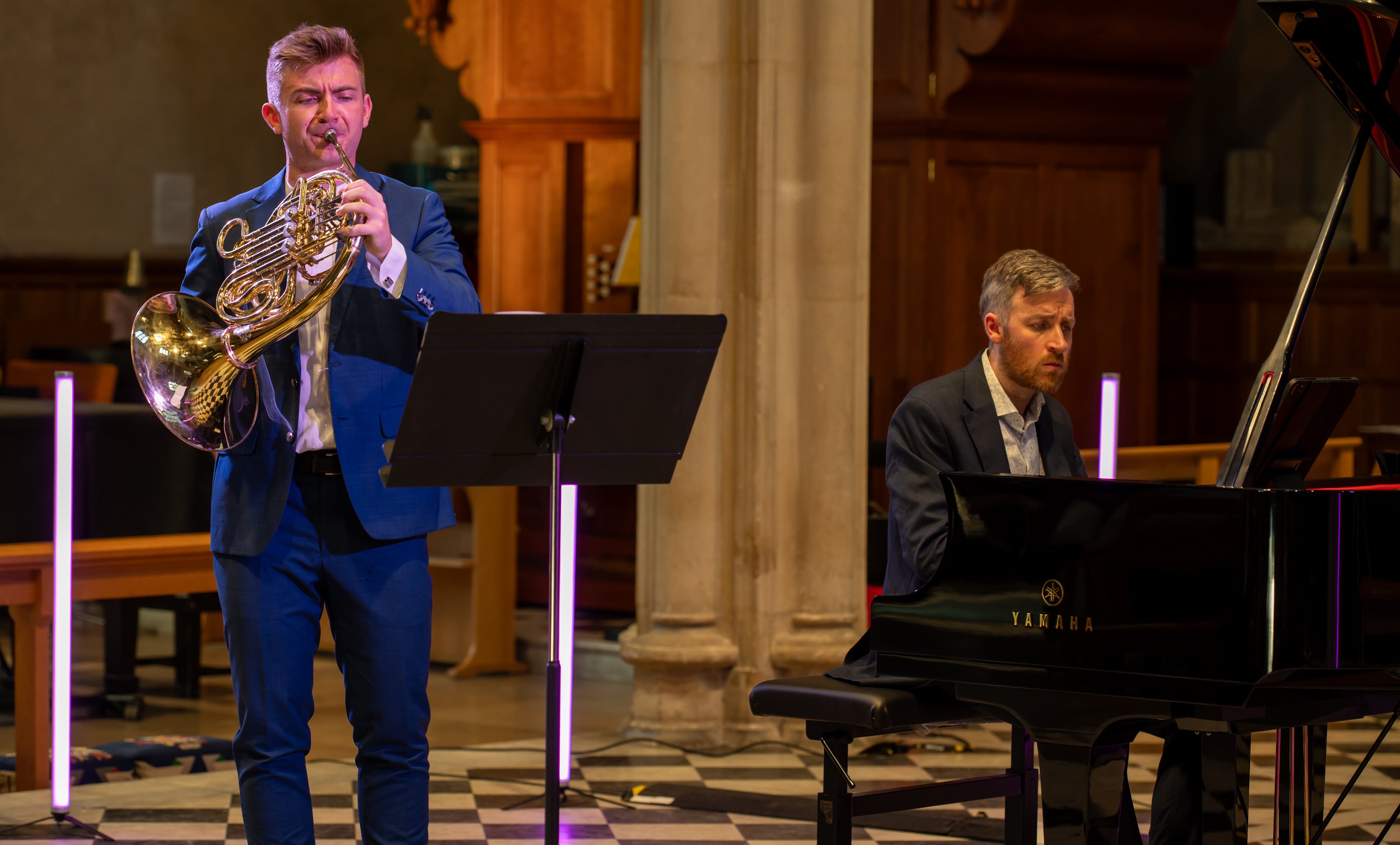
As we continued our tour of brilliant venues around East London, we also landed at the industrial state51 Factory, where we heard Aisha Orazbayeva and Pieman Khosravi perform Darkness as the Liebestraum Duo. This new contemporary music fused together genres and textures in exciting ways. We heard reimagined works from Biber and Barbara Strozzi to David Lynch and Elvis Presley, exploring the theme of darkness using violin, electronics and voice.
Tales were told through music
One of the many reasons we’re drawn to music is its ability to portray stories with such deep feeling.
Litha Efthymiou’s profound new work, Cover Her, brought together two individuals’ narratives: the 3rd-century Christian martyr St Eulalia and a contemporary woman testifying against her abuser. Through speech, dance, movement and music, it wove together these stories, unveiling the dualities of the past and present and portraying an enduring strength.
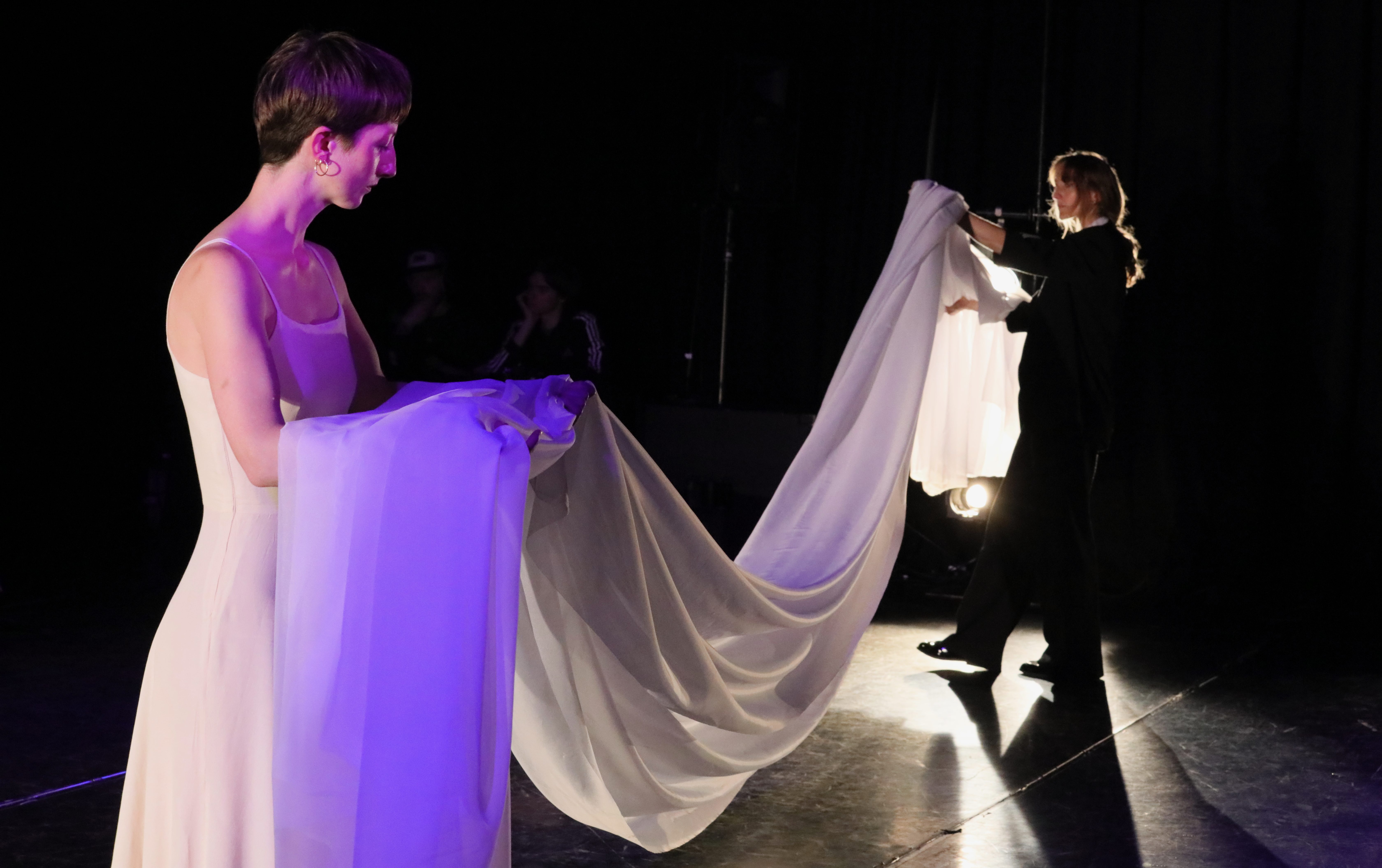
In contrast, we heard the world premiere of Ninfea Cruttwell Reade’s new setting of Dylan Thomas’ much-loved Under Milk Wood. The music gave new life to the characters of Llareggub, as we heard Rebecca Afonwy-Jones, Thomas Humphreys, Madeleine Morgan and Osian Clarke tell the stories of Captain Cat, Rosie Probert, Myfanwy Price, Mr Waldo and more.
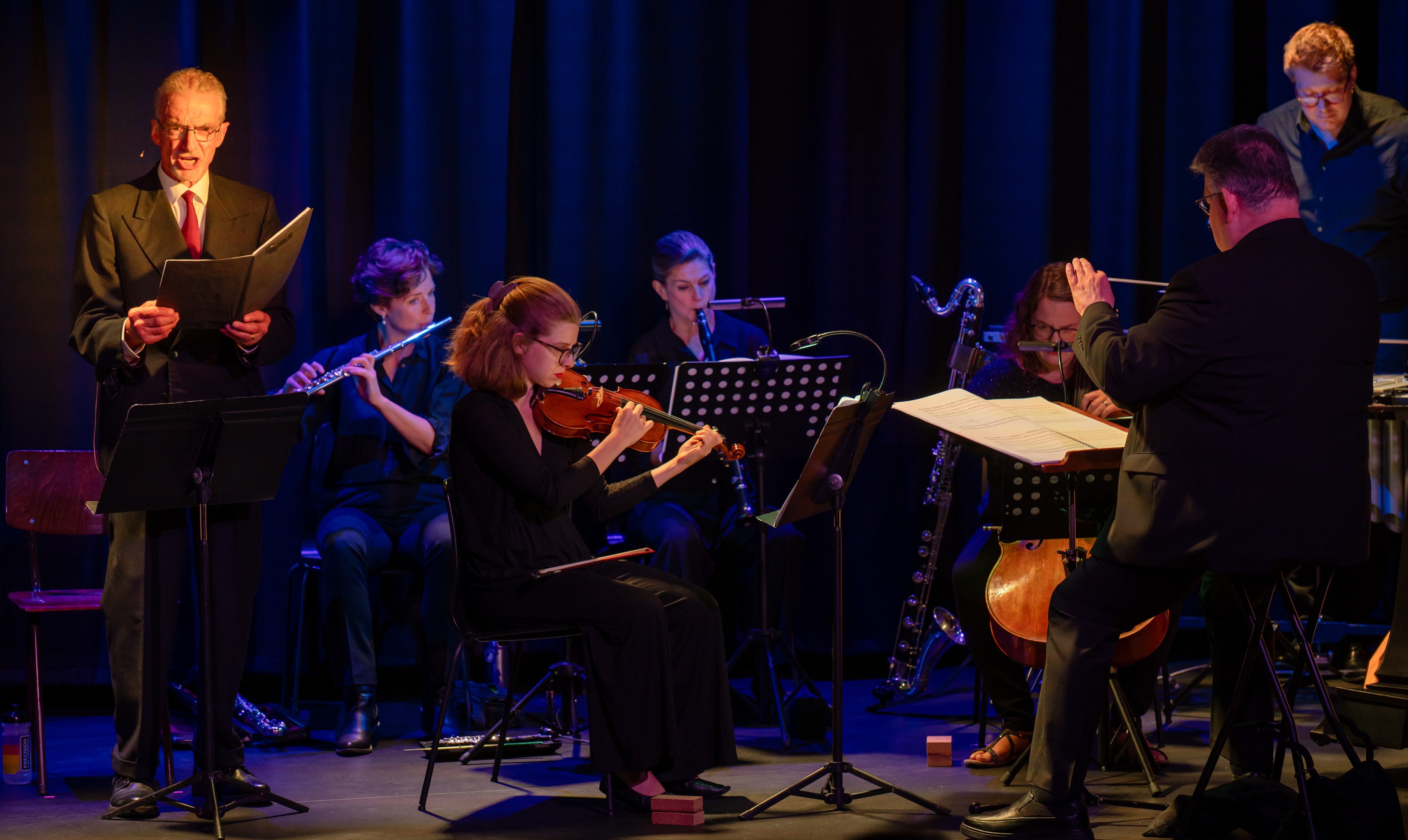
In Hackney’s historic Round Chapel, we saw a staged performance of John Tavener’s masterpiece The Protecting Veil given by star cellist Raphael Wallfisch, alongside musicians and dancers from Trinity Laban Conservatoire. A supremely ethereal piece of music, Tavener’s work is based on the Orthodox tale of the Mother of God appearing to a village in Vlacherni in the tenth century, where she was said to have cast a veil as a protective shelter over the worshippers. This was brought to life through the cello’s melodic line, with musicians and dancers brought onto the stage to depict various moments of her life.
Sounds immersed audiences
During the festival, we were invited to become fully immersed in music, to absorb sounds and to sink into them.
We were delighted to be joined by former Artistic Director of the festival, Jonathan Dove, as he performed the world premiere of his new work, Late Night Music, for solo piano. In this concert, he invited the audience to break classical concert norms, and to relax, lounge and lose themselves in the music. Designed to be heard late at night, to ease the listener into the night, these deeply meditative works for piano resonated through the instrument and through the acoustics of St Giles Cripplegate.
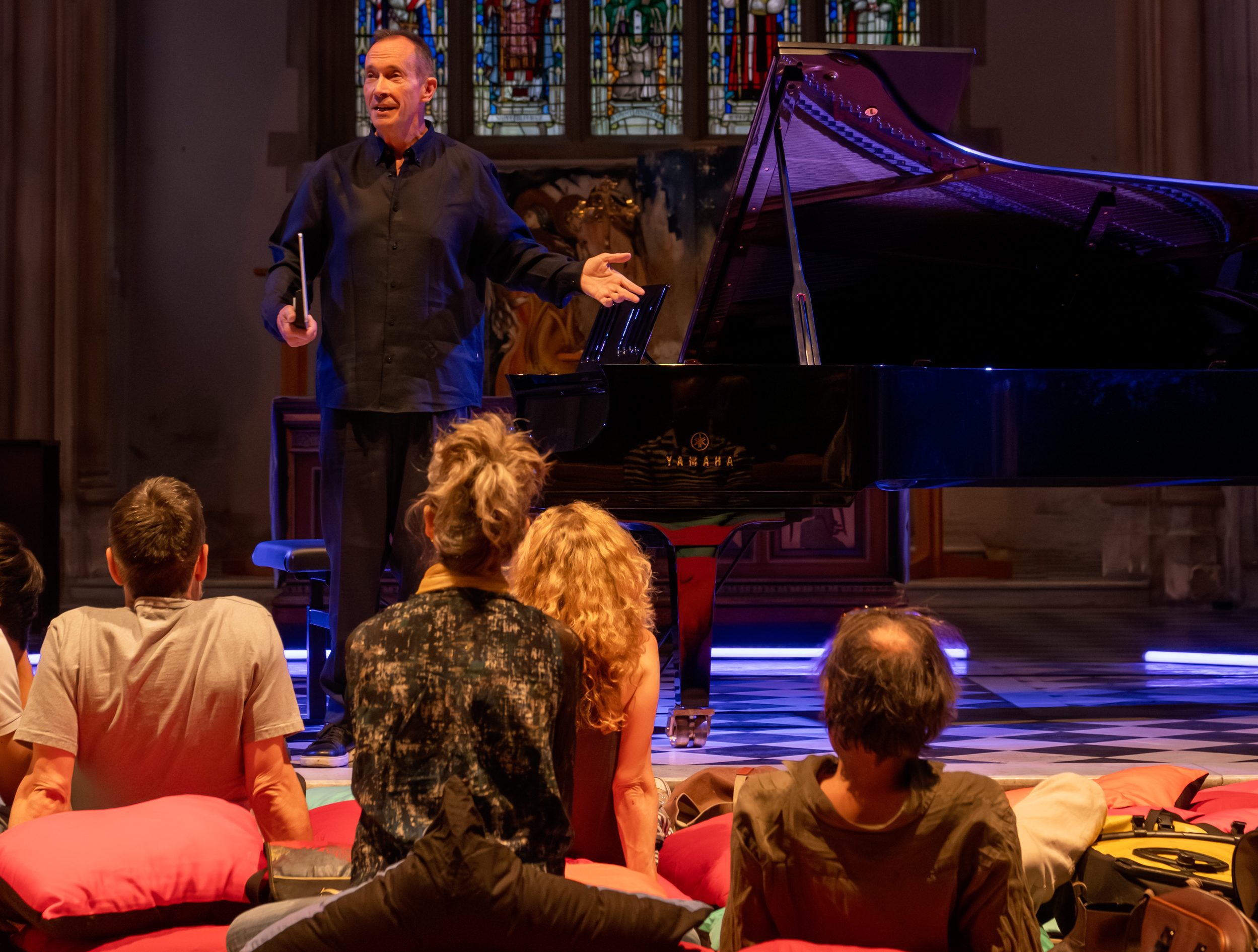
In Wilton’s Music Hall, we brought the renowned musical duo FitkinWall’s show Harpland to London for the very first time. This entrancing music for harp and piano enveloped listeners with a combination of Gaelic harp, spoken stories and electronic soundscapes that reflected on the themes of migration and memory.
We reflected on musical lineages
As we reflect on the importance of commissioning new work, it’s essential to take into account how the music of today can help shape the music of the future. A running theme that emerged throughout the festival was how, throughout centuries of composition, composers have both influenced each other and challenged conventions.
We were delighted that the Consone Quartet joined us to celebrate their 10th anniversary at the festival this year, with a programme that brought together lineages between composers. We heard Haydn’s String Quartet, which Robert Schumann closely studied before writing his own set of three, and we heard Purcell’s Chacony, from which Oliver Leith took his inspiration for his new work on a horse, on a hill, faraway, through fog and bonfire, which we heard premiered at the concert.
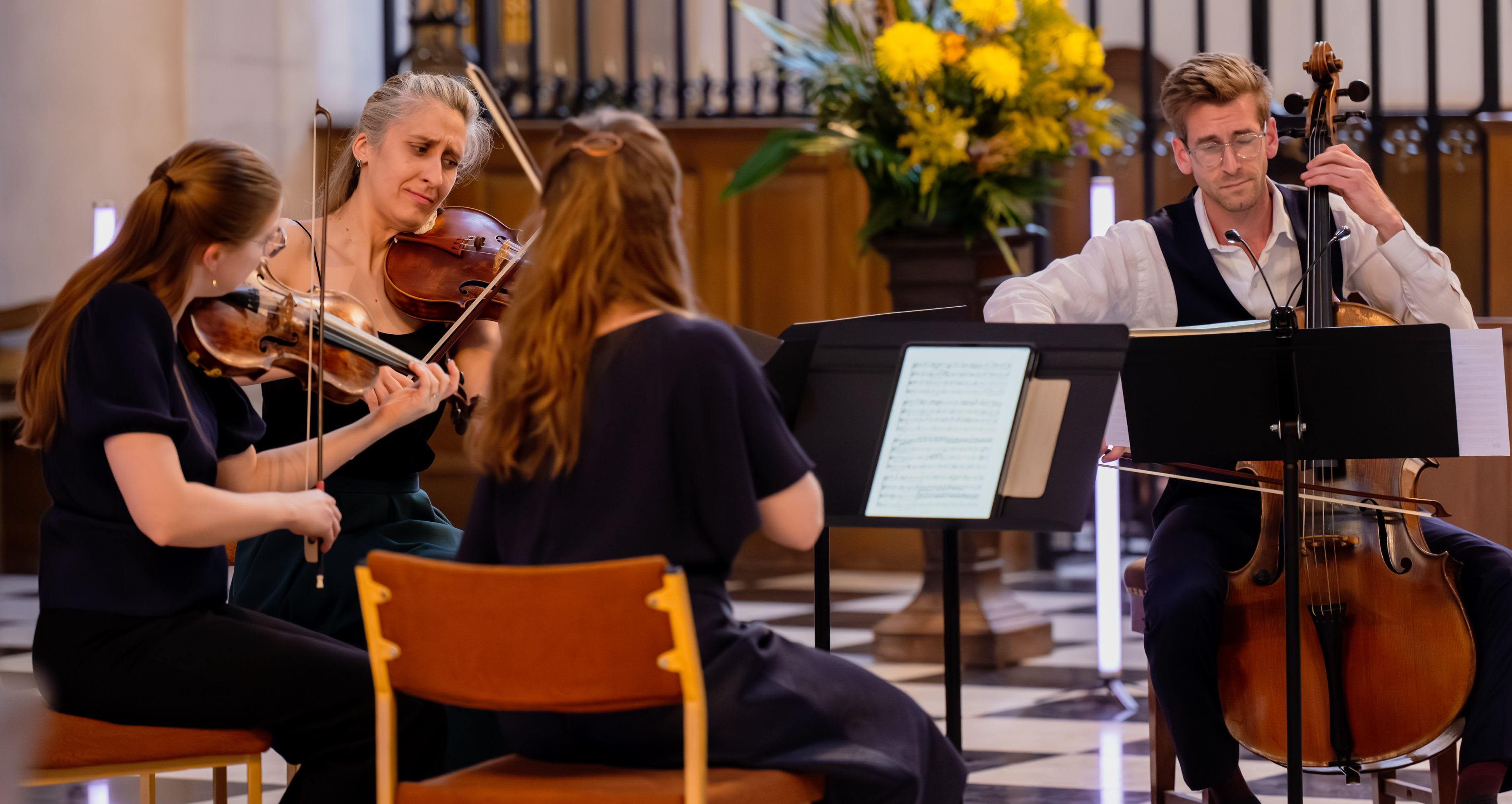
For our closing concert at the Tower of London, we heard the depth of variety that composers can take when studying the same subject. Interpretations of the mass have been heard for centuries, as a key foundation in the development of musical styles and techniques. For this concert, we heard the chapel choir perform Palestrina’s Missa Dum Complerentur, with its beautiful Renaissance polyphony and expressive word painting, contrasted with Messiaen’s Messe de la Pentecôte for organ, which brought the composer’s unique harmonic palette to the forefront. In the intimate surroundings of the Chapel of St Peter ad Vincula, we could hear Messiaen’s bold, improvisatory organ music in an ideal acoustic setting, with every expressive texture crystal clear.
Communities united through music and shared history
Always rooted in the communities of East London, our festival programme included a deep exploration of the history of the area. Our five walking tours uncovered layers of East London’s past, with stories of people, buildings and places. Plus, we brought a programme of music making to our Neighbourhood Schools – our annual collaboration with the Royal Academy of Music in their schools tour saw students bring music into school assemblies, introducing pupils to the sounds and stories of their instruments. Plus, the Primary Big Sing united 300 children from across East London in a joyful shared performance.
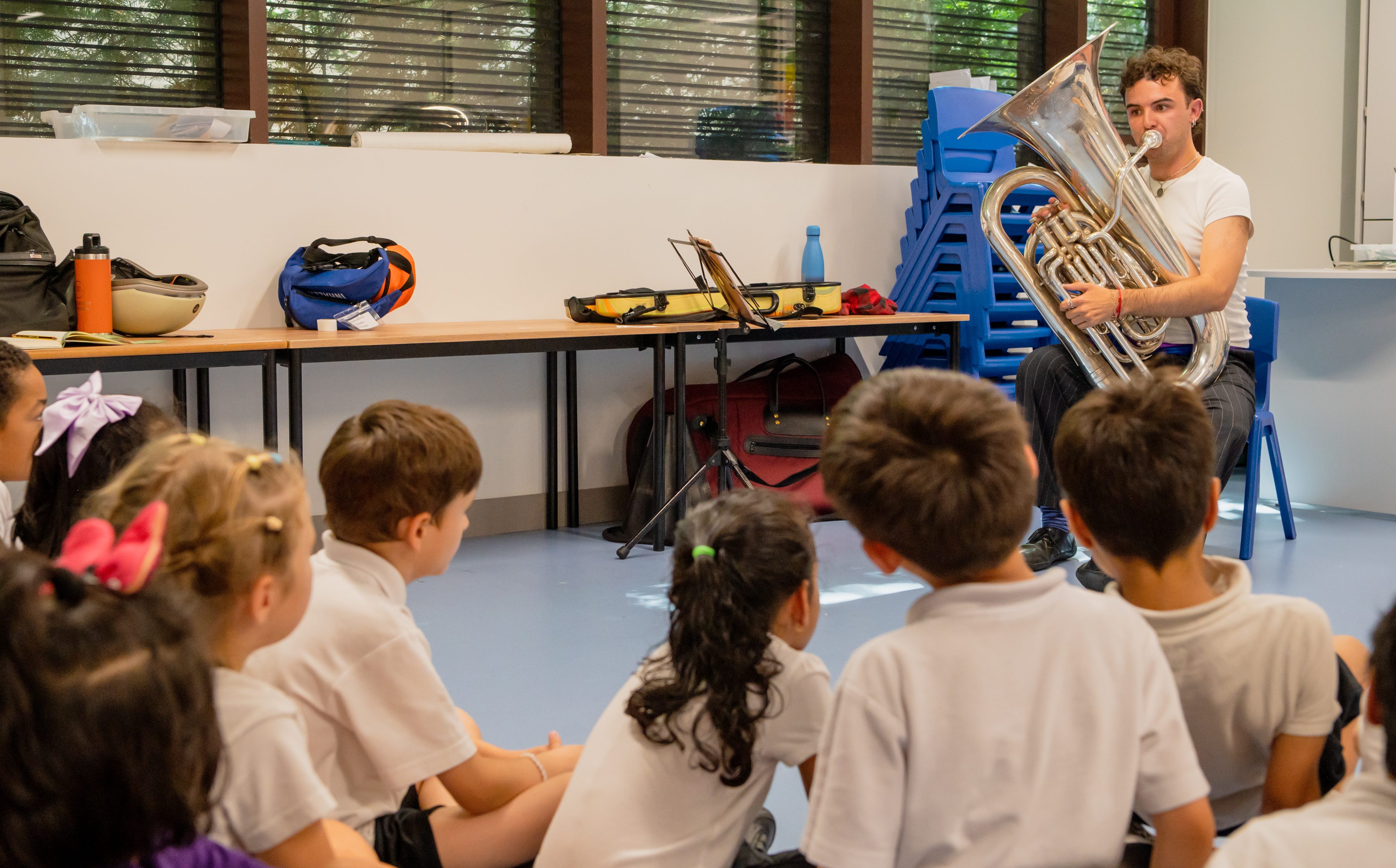
It was a joy to bring you Spitalfields Music Festival 2025. Through this diverse range of musical practice, we saw how powerfully music can connect us to each other, to history, and to ourselves. As we edge closer towards our 50th anniversary year, it’s a delight to reflect on our past and on what lies ahead.
